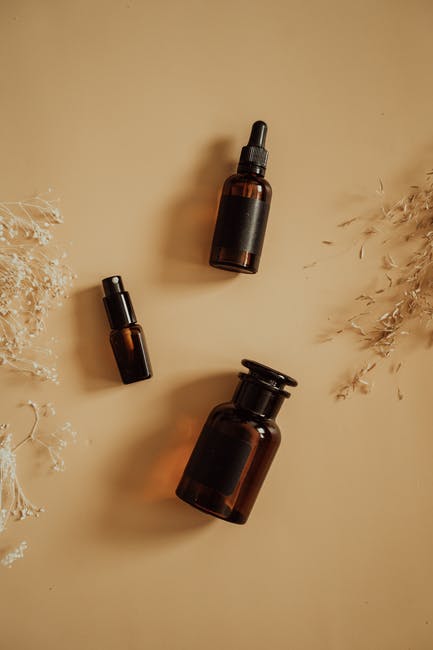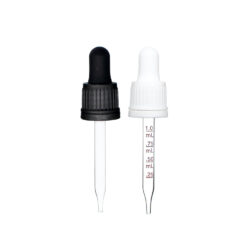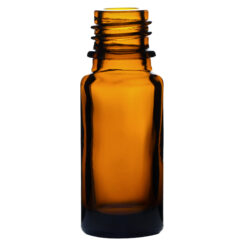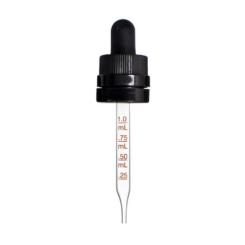5 Things to Consider When Choosing Essential Oil Bottles
The essential oils market is worth $18.6 billion, with growth estimated at 7.4% per year for the next five years.
As health and wellness have become a priority amongst consumers, the popularity of natural medicine and plant-based healing has been steadily increasing.
Are you a producer of essential oils? Are you unsure of the best type of packaging for your products? Do you want to learn about the best essential oil bottles for your business?
Keep reading to learn everything you need to consider when deciding between the different types of essential oil bottles.
1. Importance of Choosing the Right Essential Oil Bottles
The type of bottle you choose to package your oils will affect the shelf life of your product, the useability for your customer, and the quality of your products.
Essential oils are potent products and if they aren’t stored correctly, their chemical compounds can be broken down. A breakdown of compounds can make them less effective or go bad very quickly.
You want to choose bottles that look appealing to your customer. The packaging design has a significant influence on a customer’s purchasing decision.
2. Difference Between Plastic and Glass Bottles for Essential Oils
Storing essential oils in glass bottles is the best option because the oils are susceptible to light damage. If stored in plastic bottles, over time, the plastic can break down and cause damage to the oil and reduce its quality.
When you use colored glass to store your oils, you protect them from UV damage and keep them fresher for longer.
3. Applications of Your Essential Oil Bottles
Depending on their use, you can apply essential oils in many ways. This is one of the most significant considerations you need to consider when selecting your bottle type.
These are the main types of essential oil bottle types on the market:
Dram Bottles
The most common essential oil bottle, the dram, is a small glass bottle with a plastic stopper on the top with a hole. It makes it easy to dispense small amounts of the oil.
This bottle is great if you want to sell pure oils, which people can use to make their own essential oil mixes. It’s a small bottle, usually only 10ml, and can have a roller ball fitted on top.
Boston Round Bottles
A rounded-shaped bottle, the Boston round is usually larger than the dram bottle and better for selling oils in larger quantities.
Essential oil dropper bottles are usually Boston round shape. An effective way to dispense the right amount of oil; they are widespread in the skincare industry.
You can also add spray tops to Boston round bottles, which is great if you sell essential oil cleaning products or room fresheners. You’ll need to factor in the injection molding cost if you want to add these features to your packaging.
Rollerball Bottles
Essential oil roller bottles are great for people who want to take their essential oils on the go. They make it easy to apply oils to a specific part of the body—for example, the wrists of temples.
This type of packaging is better if you’re selling an essential oil that already has a carrier oil. If you sell pure oils, you’ll be better off with dram bottles. Mixed oils are better packaged in rollerballs too.
Euro Bottles
Smaller than a Boston round bottle, euro bottles are small glass bottles with a narrow neck. They have a stopper in the top to efficiently distribute essential oils in small quantities.
4. Colors of the Bottles
The next thing to consider is your essential oils bottles colors. We’ve already established that glass is the best material for your bottles, but what is the difference in color?
To prolong the shelf life of your oils, it’s wise to use colored bottles to package them.
You’ll see many essential oils packaged in amber glass. This is because amber effectively protects against UV damage to the oils. You should avoid clear glass to package your oils as they offer no protection from the light.
Blue and green are also popular colors for essential oil bottles. Although they are great at protecting your oils from the light, they aren’t as effective against UV rays.
If you choose blue or green bottles, you should advise people to store their oils in a dark place like a cupboard.
You can also think about what type of labeling you’ll use on your packaging and which glass bottle color looks best with that label.
5. Air Tight Bottles for Preservation
Your essential oils need protection from oxygen, heat, and moisture to stop them from going bad.
For this reason, you need to choose to package with proper sealing. You want to check that the bottle tops are air-tight and that oxygen or moisture can’t enter them.
You also want to make sure the bottles are leak-proof! There would be nothing worse than putting a bottle of oil in your bag to find out it leaks everywhere.
The durability of the bottles you choose will have a big impact on the overall satisfaction of your end customer. Choosing high-quality packaging will elevate your products.
Choose the Right Bottles for Your Needs
Now you know all about the different types of essential oil bottles and why their nuanced characteristics are important.
It’s time to choose which type of bottle works best for your needs and your product line. Perhaps just one type of bottle won’t cut it for the variety of products you sell. You may need more than one type of bottle for different product types.
Take a look at our line of bottles for the beauty industry to find the perfect packaging solution for your business.









